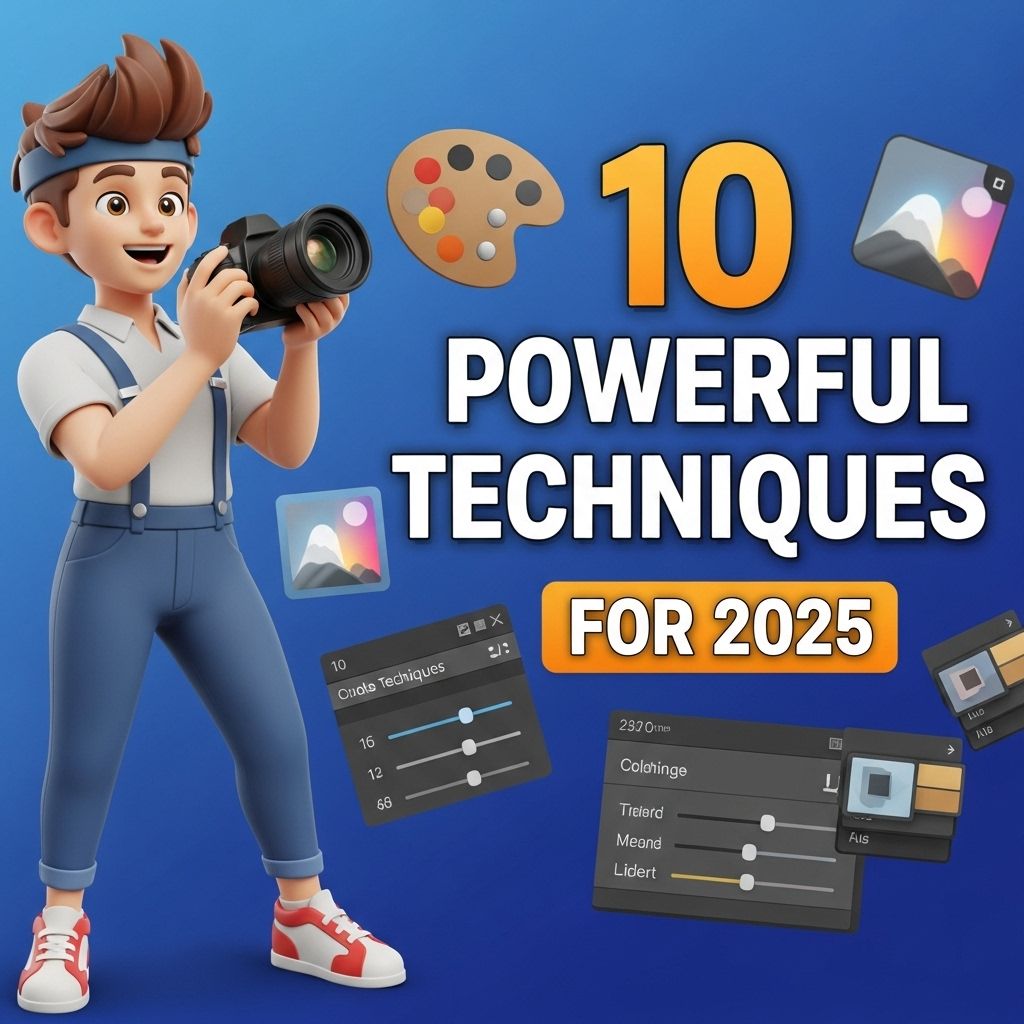Setting up your camera correctly can make a significant difference in your photography and videography. Whether you’re a seasoned professional or a beginner, knowing how to adjust your settings and manage your gear is essential for capturing stunning images. This comprehensive guide will help you set up your camera like a pro, ensuring that you can harness its full potential.
Understanding Your Camera
Before diving into the specifics of setup, it’s crucial to understand the basic functions and settings of your camera. Most modern cameras, whether they are DSLRs, mirrorless, or compact, come equipped with various functions that can enhance your shooting experience.
Key Components
- Sensor: The heart of your camera, where light is captured to create images.
- Lens: Determines the quality of the images and the field of view.
- Shutter: Controls the duration that light hits the sensor.
- Aperture: Adjusts the amount of light entering the camera and affects depth of field.
- ISO: Adjusts the camera’s sensitivity to light.
Preparing Your Camera for Shooting
Getting your camera ready is the first step to capturing excellent images. Here are the essential preparations to consider:
1. Charge Your Battery
Always start by ensuring your camera’s battery is fully charged. There’s nothing worse than missing a great shot because of a dead battery. Consider carrying a spare if you plan to shoot for extended periods.
2. Format Your Memory Card
Formatting your memory card in your camera helps ensure optimal performance and can prevent issues with corrupted files. Remember to back up any important files before formatting.
3. Clean Your Lens
Dust, smudges, and fingerprints can degrade image quality. Use a microfiber cloth to gently clean the lens before each shoot.
Camera Settings
Once your camera is prepared, it’s time to delve into the settings that define your shooting experience.
Exposure Triangle
The exposure triangle consists of aperture, shutter speed, and ISO, and mastering these will significantly enhance your photography skills.
| Setting | Effect | Tips |
|---|---|---|
| Aperture (f-stop) | Controls the depth of field. Lower f-stop = more light and blurred background. | Use low f-stop for portraits; higher f-stop for landscapes. |
| Shutter Speed | Controls how long the sensor is exposed to light. Faster speeds freeze motion; slower speeds capture motion blur. | For action shots, use fast shutter speeds; for low light, use slower speeds with stabilization. |
| ISO | Adjusts the sensor’s sensitivity to light. Higher ISO = brighter image but more noise. | Keep ISO low in good light; raise it in low-light scenarios but be mindful of noise. |
White Balance
White balance affects the color temperature of your images. Adjust it based on your shooting environment:
- Daylight: 5500K – 6500K
- Cloudy: 6500K – 7500K
- Tungsten: 2500K – 3500K
Focus Mode
Selecting the right focus mode can help achieve sharp images:
- Single Autofocus (AF-S): Best for still subjects.
- Continuous Autofocus (AF-C): Ideal for moving subjects.
- Manual Focus: Offers complete control, useful for macro or low-light photography.
Composition Techniques
Once your camera settings are optimized, consider the composition of your shot. Composition plays a crucial role in how your images are perceived.
The Rule of Thirds
Dividing your frame into a 3×3 grid can help position your subject more dynamically:
- Place key elements along the grid lines or their intersections.
- This creates balance and interest in the photograph.
Leading Lines
Utilizing natural lines in your environment can draw the viewer’s eye to your subject. Look for:
- Roads, rivers, or pathways
- Architectural elements
- Fences or tree lines
Framing
Frames can add depth and context to your image:
- Use natural frames like arches or overhanging branches.
- Position your subject within the frame to create a focal point.
Post-Processing Essentials
After taking your photos, the work isn’t over. Post-processing can elevate your images further:
Editing Software
Consider using software like Adobe Lightroom or Photoshop for editing. Key edits include:
- Adjusting exposure and contrast
- Color correction
- Cropping for better composition
Backup Your Files
Always back up your raw files and edited images. Consider using:
- External hard drives
- Cloud storage solutions
Conclusion
Setting up your camera like a pro involves a deep understanding of your equipment, making the right adjustments, and employing effective composition techniques. With practice and patience, you can enhance your photography skills and capture breathtaking images. Remember, each camera has unique features, so take the time to explore and experiment. Happy shooting!
FAQ
How do I choose the right camera settings for professional results?
To achieve professional results, start by understanding key settings like aperture, shutter speed, and ISO. Experiment with manual mode to gain full control over these settings.
What lenses are best for different photography styles?
The best lenses depend on your photography style. For portraits, use a prime lens with a wide aperture; for landscapes, a wide-angle lens is ideal; and for macro photography, a dedicated macro lens works best.
How do I achieve proper lighting for my photos?
Use natural light when possible, or invest in softboxes and reflectors for indoor shooting. Experiment with different lighting angles to create interesting shadows and highlights.
What composition techniques should I use to enhance my photos?
Utilize the rule of thirds, leading lines, and framing techniques to enhance composition. Experiment with different angles and perspectives to find the most engaging shot.
How can I stabilize my camera for sharper images?
Use a tripod for long exposures and low-light shots. For handheld photography, practice proper grip techniques and consider using image stabilization features available in modern cameras.
What tips can help me edit my photos like a professional?
Learn to use editing software like Adobe Lightroom or Photoshop. Focus on adjusting exposure, contrast, and color balance, and consider using presets to streamline your editing process.




